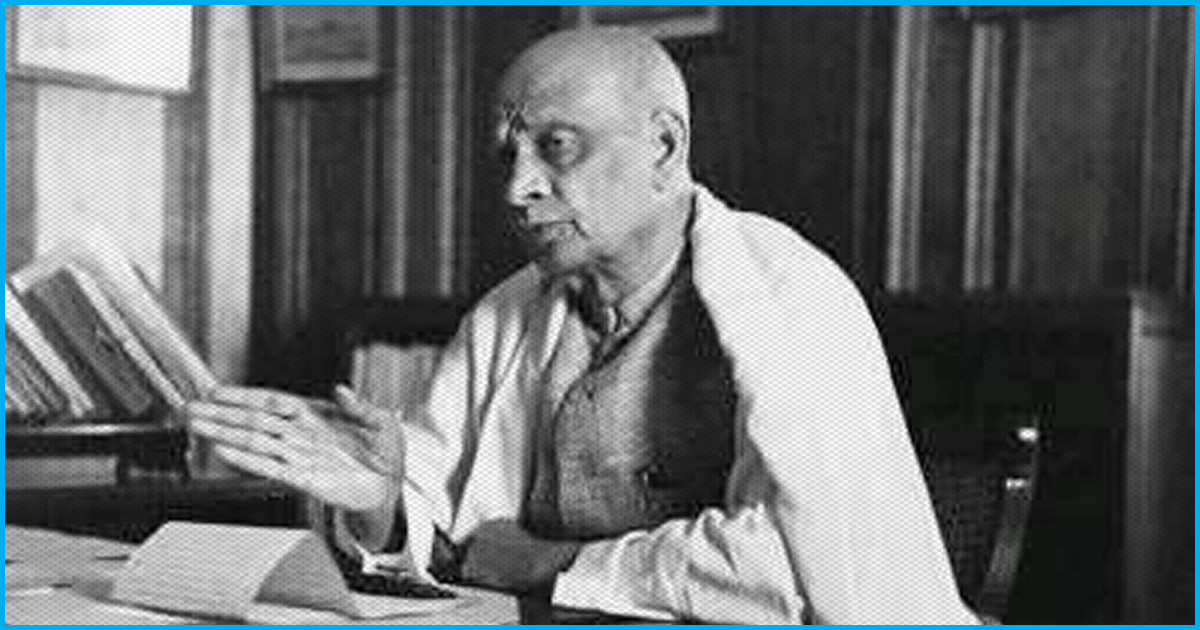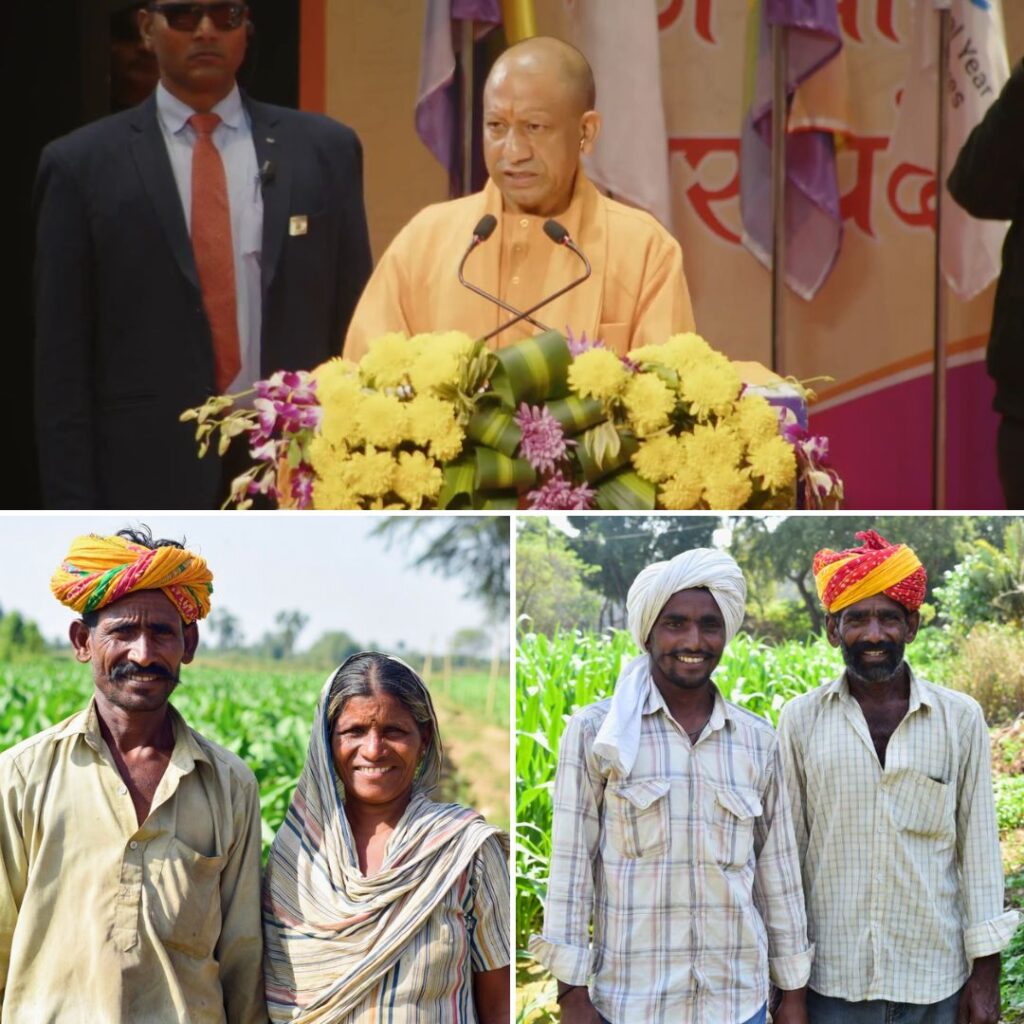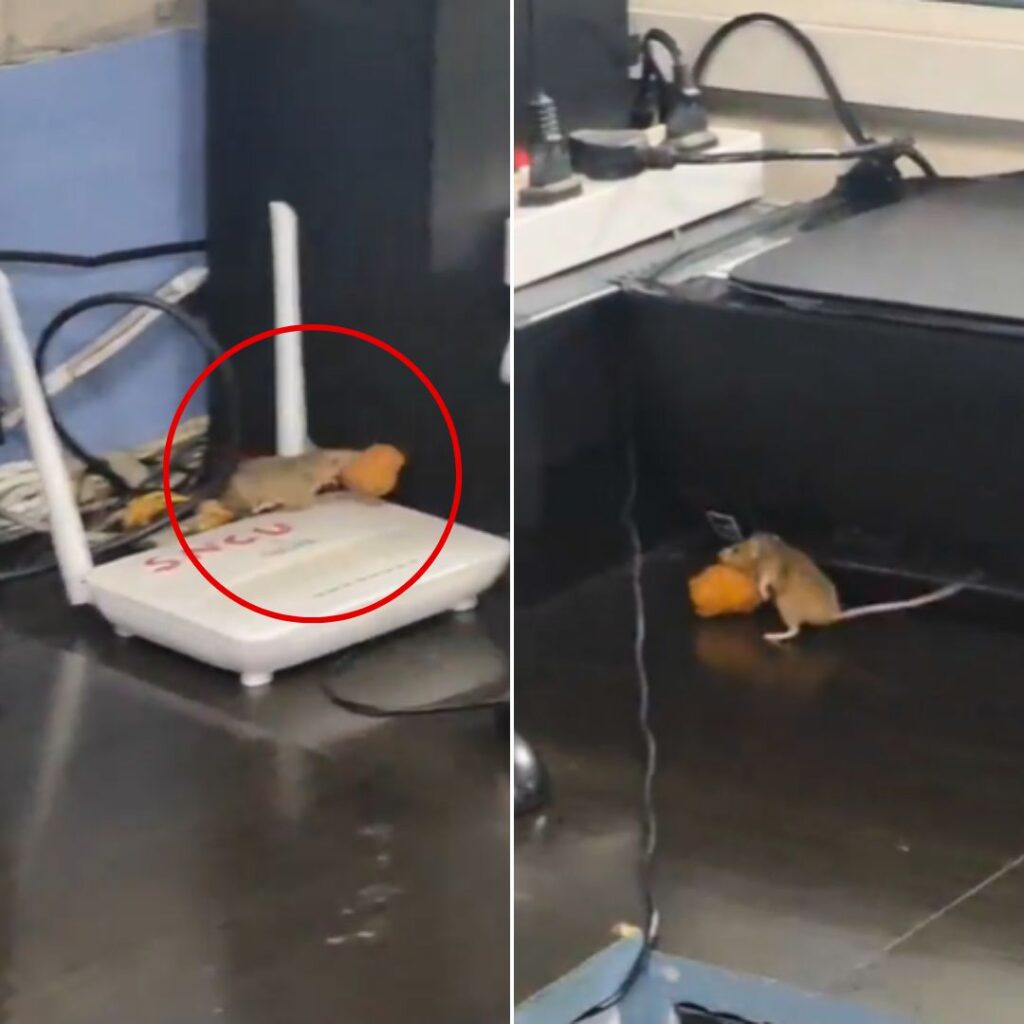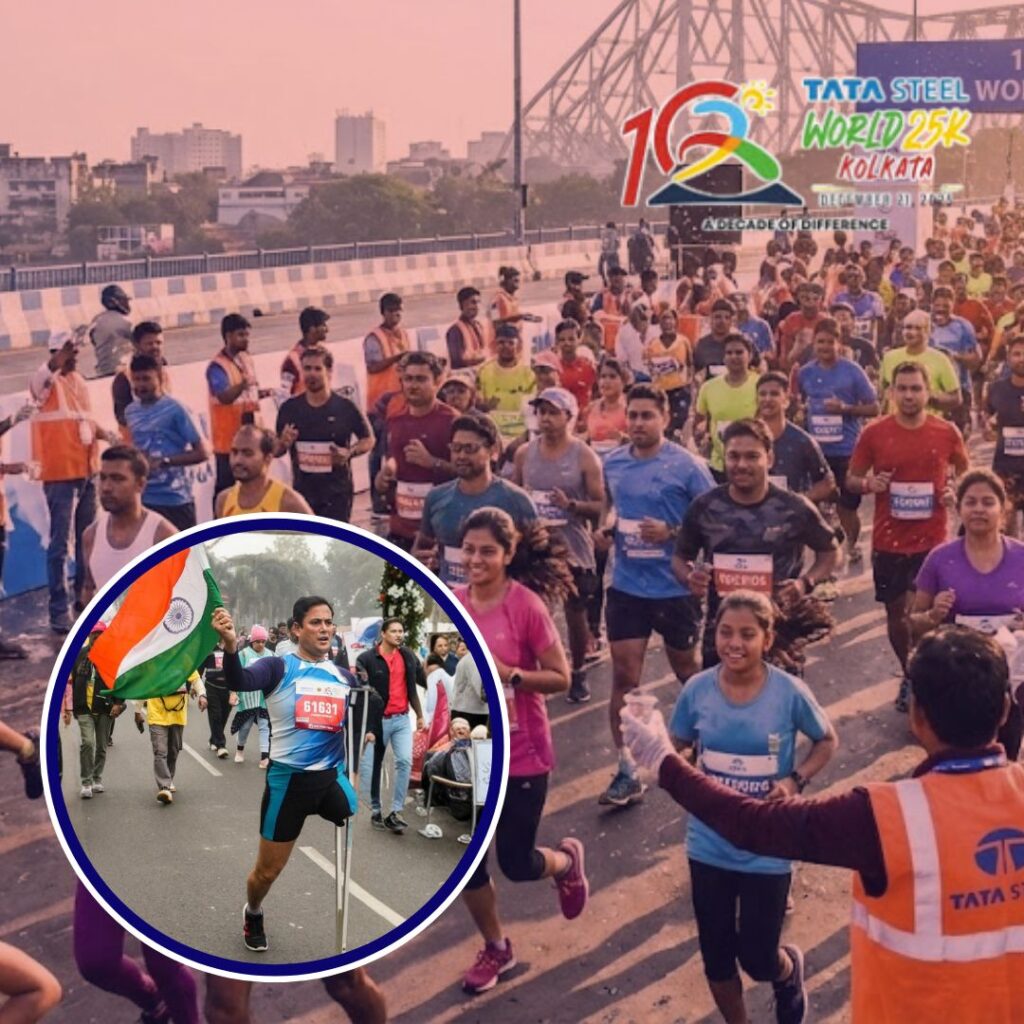Today, the Narendra Modi-led BJP government celebrates with pride their biggest achievement. On October 31, 2018, Prime Minister Narendra Modi inaugurated the world’s tallest statue, the Statue of Unity. Sardar Vallabhbhai Patel now stands at 182m overlooking the river island called Sadhu Bet facing the Narmada Dam near Rajpipla.
The Iron Man of India is often credited to unifying the different parts of the country under the Indian Union during Independence. Aptly known as the “Architect of Modern India”, Sardar Patel’s pragmatic approach as the first Deputy Prime Minister of the country shows how he charted India’s destiny with single-minded devotion.
Who do we join?
Back then, the princely states constituted about 28% of India. These parts were not legally under the rule of the British crown but they were completely subordinate to them. “The problem of the States is so difficult that you alone can solve it,” said the Father of the Nation, Mahatma Gandhi to the Sardar Patel, who was then the Minister for Home Affairs.
A rare map of India before and after independence, with princely states.#IndianHistory#PrincelyStates pic.twitter.com/zqlMaX3vde
— Rare & Historical (@RareHistorical) May 27, 2015
The task of getting the princely states under one rule was not an easy affair. The princes were largely pampered by the British. The British on the other hand took due advantage of the situation and manipulated the princes politically to help their own cases. With the British suddenly announcing their long-due departure from the country, the princes thought it would be the perfect opportunity to declare independent statehood. Some of them were caught in a tug-of-war between India and Pakistan.
Unifying the country while dividing it for the sake of the two-nation theory was the most difficult task that the British left India with. With the support of his able secretary V.P. Menon (then the Constitutional Adviser to Lord Mountbatten and later, the secretary of the Ministry of the States), Sardar Patel went to work tirelessly to unite 500 princely states.
‘Come join us’
With the Congress making clear that they would like to unify the princely states with the Indian union, to convince and cajole them they knew would need a lot of caution and dexterity. With Nehru being unpopular with the princes, this monumental task fell on the shoulder of Patel.
It was Patel who was the first Congress statesman to support the partition saying that it was the only way to put Muslim separatist movement in India to rest. Patel, along with V.P Menon, produced a draft instrument of accession to be signed by the princes as an agreement to transfer control of the defence, foreign affairs and communications to the Congress government.
While Patel did invoke patriotism in most of the princes, he also threatened some of them by reminding them that anarchy would prevail if they do not accept to side with India. He also introduced the concept of ‘privy purses’. It meant that the family of the princes would get money for accepting India’s offer.
While Patel introduced the policies, it was his secretary who did the groundwork. He would often travel from court to court of the princes and talk to them on a one-on-one basis. He documented everything in what can be called the most illustrious work on unification efforts of India called “The story of the integration of the Indian states.”
States who resisted
“Through the spring of 1947, Patel threw a series of lunch parties, where he urged his princely guests to help the Congress in framing a new constitution of India,” writes historian Ramachandra Guha in his work, “India after Gandhi.”
Sardar Patel faced with formidable resistance when it came to Jodhpur and Junagarh. The Maharaja of Jodhpur actually acceded to Pakistan. Hanvant Singh, the young and inexperienced Maharaja thought he would get a better deal from Pakistan. It is said that Mohammed Ali Jinnah wrote a blank cheque to the new Maharaja and said that all his terms would be fulfilled.
Patel quickly met with Hanvant and assured him that his demands such as arms import would be allowed by the government. He also explained that Jodhpur, a Hindu dominated state going to Pakistan would make no sense as the concept of the two-nation theory was to divide people based on religion.
Junagarh, with nearly 80% Hindu population whose Muslim ruler decided to accede to Pakistan. The people in the state rose against the decision and various riots happened. The ruler fled to Karachi with his family and Patel asked Pakistan to reverse the acceptance of the accession and to hold a plebiscite. In the plebiscite, 99% of the residents of Junagarh chose India over Pakistan.
The Logical Indian take
On his birthday, Sardar Patel is honoured with the ‘Statue of Unity’. Our Prime Minister has often lent his words to praise the unifier of the modern Indian state and used him as an idol. MS Golwalkar, supremo of the Rashtriya Swayamsevak Sangh from the Sangh Parivar has revered Patel. Modi, who is a follower of MS Golwalker’s ideologies, looks at Patel with the same thought. Yet, it is to be remembered that after Mahatma Gandhi’s assassination, it was Patel who banned RSS.
Narendra Modi has also claimed repeatedly in his Nehru-bashing sprees that Patel was denied the right to Prime Ministership because Nehru stole it from him. While the truth is, it was Mahatma Gandhi who asked Patel to take a step back as he favoured Nehru’s practical politics more. Our PM has been flirting with the idea of making Sardar Patel the face of his 2019 election and this statue is a huge leap in that direction.
This Nehru vs Patel narrative has been doing the rounds for too long now and it is important to know the facts and not reduce it to mere propaganda to counter Congress.
Also Read: Only I Know How Much Nehru Toiled For India, Sardar Patel’s Letter On Nehru’s 60th Birthday













